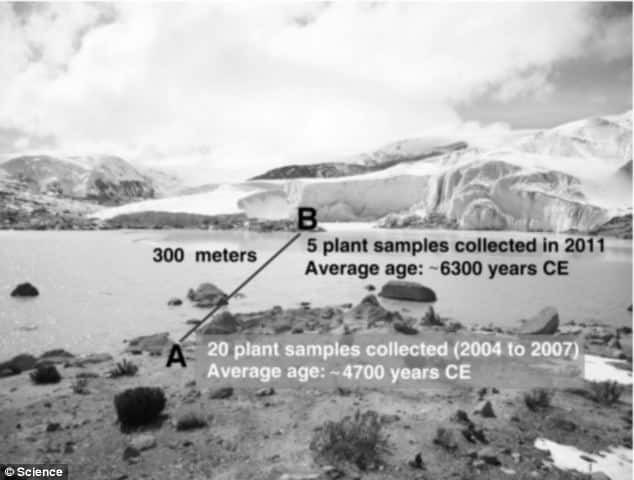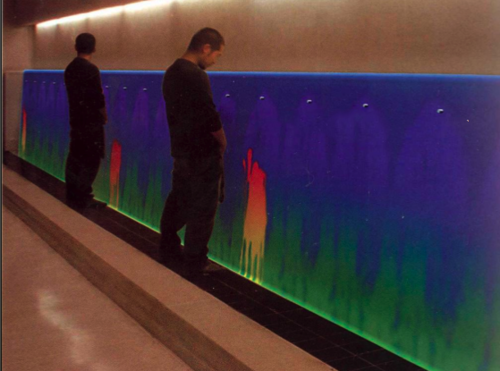It took a minimum of 1,600 years to form the glacial ice in the Peruvian Andes, Peru. Surprisingly at present, there is no sign of the glacier. After a long study, some scientists have discovered that the glacial ice have melted in just 25 years, leaving behind a large pool of water framed by exposed rock and diminished beds of ice!
We know that as glacial ice melts, plants from thousands of years ago are being freed. Then the materials are used to analyze the glacier’s history. Using those materials, Ohio State University’s glaciologist Lonnie G. Thompson along with his team has been working on Peruvian ice sheets known as the Quelccaya ice cap in Peru, the world’s largest tropical ice sheet, located 18,000 feet above sea level, for long time.
Several years ago Lonnie G. Thompson and his team found, plants had been exposed near a melt-water lake in the Peruvian Andes. Chemical analysis showed the plants were around 4,700 years old. In later research, more plants were discovered, and when the plants were analysed the research team found those plants were about 6,300 years old.
Based on this vital clue, Thompson said that ice that accumulated over approximately 1,600 years melted back in no more than 25 years. The team has published their results in Science.
Source: NYT
Thanks To: Slashgear
[ttjad keyword=”camcorders”]



![Read more about the article [VIDEO] Take A 3D Tour Of The Titanic Using Google Earth Technology](https://thetechjournal.com/wp-content/uploads/2012/04/Titanic-512x385.png)

